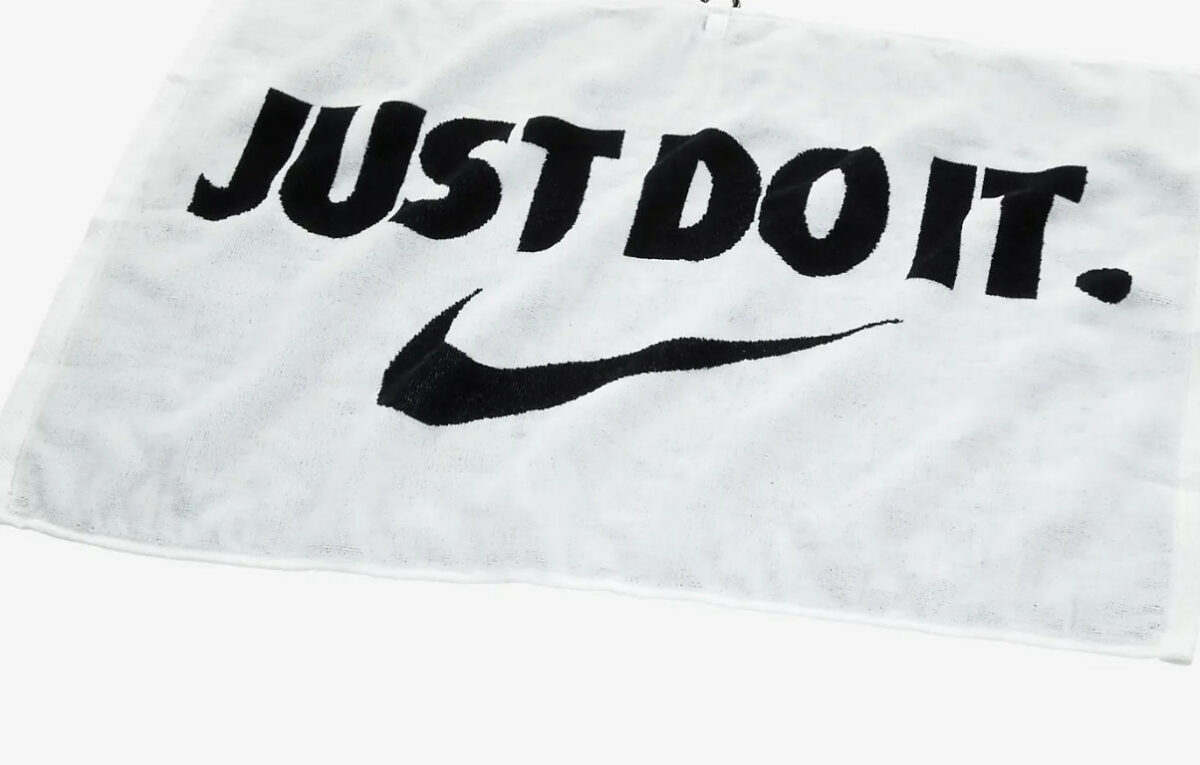Why Did Nike Stop Making Golf Balls?
During the 2000s, Nike Golf emerged as a serious player across all equipment including balls.
Their R&D investments produced tour-level clubs and the acclaimed Nike 20XI and 20XI X golf balls for many years.
However, in 2016 Nike shocked the golf world by announcing a complete exit from the equipment side – including golf balls.
Nike shifting entirely to apparel left many golfers wondering why such an innovative ball brand would halt production suddenly.
By examining market conditions and Nike’s shifting corporate priorities, we can better understand the strategic factors behind Nike’s golf ball discontinuation.

Nike Golf Ball History
Nike entered the golf ball market back in 2003 with an immediate focus on tour-level performance:
- Debuted the Nike Precision series to compete with premium balls like Titleist Pro V1.
- Invested heavily into R&D and designing balls specifically for Nike staff players like Tiger Woods.
- Established state-of-the-art ball manufacturing and testing facilities.
- Had Woods and other stars validated Nike balls by winning tournaments.
This set Nike up as an instant formidable competitor in the ball market.
Notable Nike Technologies and Innovations
During their 13 years in the golf ball business, Nike incorporated many advanced technologies into products like the 20XI:
- RZN material in the core boosted speed through added resilience.
- Speedlock X deep dimple design optimized surface coverage and flight sustainability.
- The power Transfer Layer intensified energy transfer to the core at impact.
- 20XI and 20XI X models used premium cast urethane covers for a soft feel and spin.
Nike demonstrated bonafide technical expertise in ball design and engineering.
Nike’s Initial Golf Ball Success
For a good number of years after entering the golf ball business, Nike saw encouraging results:
- Broke into the top 3 golf ball brands in the US soon after launch.
- Quickly gained over 10% market share in the premium ball category.
- Owned significant professional usage on tour thanks to Tiger Woods and other brand ambassadors playing Nike balls.
- Commanded premium pricing in stores over competitors like TaylorMade and Callaway.
These early achievements validated Nike as a legitimate ball contender.
When Did Nike’s Decline in Balls Begin?
Nike Golf’s ball sales and market share eventually began weakening though around 2012-2013:
- Struggled to keep innovating and producing improved new models versus competitors. R&D stalled.
- The loss of marquee pros like Tiger Woods and Rory McIlroy hurt the validity on tours.
- Distribution to retailers and pro shops lagged as demand softened.
- Market share and sales volumes declined year after year as interest waned.
The golf ball division clearly entered a concerning slide.
Reasons for Nike’s Reduction in Golf Ball Investment
Several strategic factors contributed to Nike Golf pulling back investment in balls:
- Declining market share signaled a smaller addressable market than expected.
- Margins on balls proved lower than other equipment categories.
- Massive costs to continually innovate and attract pros became hard to justify.
- Management mandates to cut expenses hit golf R&D spending.
- Priorities shifted toward apparel and footwear expansion instead.
Balls became an expendable division as Nike’s golf goals pivoted.
Nike Exits Balls and Clubs Entirely in 2016
After gradually downsizing the golf division for years, Nike stunned the industry by completely exiting balls and clubs in August 2016:
- Announced they would immediately cease production of all golf equipment.
- Shifted around 70% of their golf division workforce towards apparel and footwear.
- They celebrated equipment legacy but said balls/clubs were no longer strategic.
- Assured remaining years of warranty coverage and support for gear owners.
While shocking, slimming down to focus on strengths made financial sense.

How Nike Explained Stopping Golf Ball Production
In their official announcement, Nike indicated strategic factors driving their decision to halt balls/clubs:
- Wanted to serve athletes in areas where they can have the biggest impact.
- Would apply sports innovation to apparel and footwear for golf and beyond.
- Golf balls/clubs faced unpredictable, challenging market conditions.
- Footwear and apparel brought steadier, higher returns for the brand.
- Time to deploy finite resources where they could make the largest difference.
For Nike, balls/clubs became an ineffective allocation of their strengths.
Nike’s Golf Apparel & Footwear Focus
While Nike Golf equipment like balls faded out, they accelerated in other areas:
- A greatly expanded variety of golf apparel, outerwear, and footwear.
- Leveraged innovation expertise into technical fabrics and material science.
- Maximized brand exposure through sponsoring more top pros and tournaments.
- Directly targeted younger generation and women golfers through stylish designs.
- Focused retail placement in high-end pro shops and trendy outlets.
This new strategic focus proved wise given Nike’s capabilities.
How Nike Compared to Other Golf Brands
Part of Nike’s challenge was differentiation against entrenched golf incumbents:
- Lacked the engineering heritage in balls/clubs of Titleist and Callaway.
- Couldn’t rival the global club manufacturing infrastructure of TaylorMade and Ping.
- Wilson and Ben Hogan are historically known for equipment craftsmanship.
- Under Armour successfully carved an apparel niche before Nike.
- adidas built upon long-term golf brand equity.
Against these specialists, gear proved a poor fit for Nike’s strengths.
Could Nike Ever Resume Making Golf Balls?
While highly improbable given their strategic shift, Nike does have the capability to revive golf balls:
- Could reinvest in advanced R&D and manufacturing expertise again.
- Reenter at a smaller scale targeting only the premium tour player niche perhaps.
- Differentiate with a direct-to-consumer model vs retailer channel reliance.
- Promote sustainability benefits of new processes or materials.
- Tie launches into broader golf initiatives and campaigns.
But balls likely remain incompatible with Nike’s goals.
Impact on Collectors and Gear Loyalists
Nike’s golf ball exit had an unfortunate impact among fans:
- Used 20XI ball stock dried up quickly, damaging provability over time.
- Residual collector demand resulted in rapidly escalating resale prices.
- Counterfeit versions emerged given the scarce supply of Nike balls.
However, many loyalists still actively stockpile and play any authentic Nike balls they can find.
Conclusion
Nike’s ambitious foray into the golf ball market ultimately proved incompatible with their core strengths and priorities as a global sports brand.
Lagging innovation, tough golf retail economics, and shrinking market share prompted Nike to strategically shift resources to more profitable golf apparel and footwear lines where they excel.
While disappointing for serious Nike ball loyalists, eliminating equipment like golf balls allowed Nike to better focus where they could sustainably differentiate in golf.
The company’s outstanding branding and design identity persists through prominent pros, tournaments, and stylish athletic golf wear bearing the famous Swoosh.
